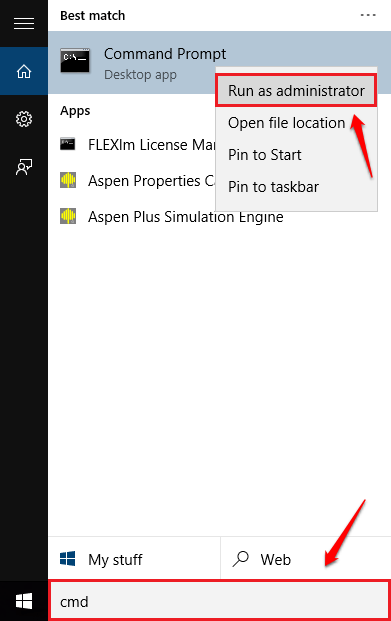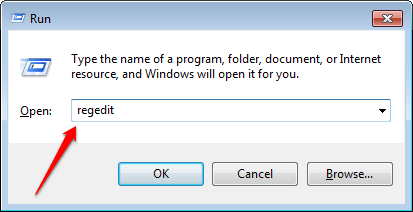3 simple ways to enable / disable the Encrypting File System
Encrypting File System (EFS) is a built-in feature on Windows operating system to encrypt system files. Windows users can use this feature to protect important data on their computers to prevent unauthorized "hackers" from accessing and stealing information.
In the following article, Network Administrator will guide you 3 simple ways to enable or disable the Encrypting File System on your Windows computer.
1. Use Command Prompt to enable, disable EFS
Step 1:
Open Command Prompt under Admin. To do this, enter cmd in the Search box on the Start Menu, on the search results list, right-click on Command Prompt and select Run as administrator.

Step 2:
To disable the Encrypting File System (EFS), enter the following command into the Command Prompt window and press Enter:
fsutil behavior set disableencryption 1

Step 3:
If you want to enable the Encrypting File System (EFS), enter the following command into the Command Prompt window and press Enter:
fsutil behavior set disableencryption 0

2. Use Registry Editor
Step 1:
Press the Windows + R key combination to open the Run command window, then enter regedit there and press Enter to open the Registry Editor window.

Step 2:
On the Registry Editor window, navigate to the key:
HKEY_LOCAL_MACHINESOFTWAREMicrosoftWindows NTCurrentVersionEFS
Here in the right pane you find the key named EfsConfiguration. If you can't find EfsConfiguration, you can create a new key by clicking on any space in the right pane, select New => DWORD (32-bit) Value .

Step 3:
Name the newly created DWORD EfsConfiguration.

Step 4:
Double click on EfsConfiguration to proceed to edit the value in the Value Data frame. To disable EFS, enter the value in the Value Data frame 1.

Step 5:
To enable EFS, enter the value in the Value Data frame to 0.

3. Disable EFS with Services
Step 1:
Press the Windows + R key combination to open the Run command window. Next, enter services.msc there and press Enter to open the Services window.

Step 2:
The Services window appears. Here you scroll down to find the section called Encrypting File System (EFS).

Step 3:
Double-click the Encrypting File System (EFS) to open the Encrypting File System (EFS) Properties window.
On the Encrypting File System window (EFS) Properties, in the Startup options section, click Disabled and then click Apply => OK is done.

Refer to some of the following articles:
- Instructions for changing Windows passwords without having to remember the old password
- 4 ways to fix USB errors without formatting: 'Windows was unable to complete the format'
- Using USB to lock or unlock Windows computer, have you tried it or not?
Good luck!
You should read it
- How to back up the EFS file encryption key and certificate in Windows 10
- Here's how to use Resilient File System (ReFS) on Windows 10
- Enable / disable ReFS (Resilient File System) on Windows 10
- What is bitlocker?
- Disable NTFS file compression to speed up Windows computers
- How are BitLocker and EFS different?
 How to use Malwarebytes Anti-Malware Home to find, remove spyware, ads, malicious ... on your computer
How to use Malwarebytes Anti-Malware Home to find, remove spyware, ads, malicious ... on your computer Device Association Framework Provider What is a Host and why is it running on a computer?
Device Association Framework Provider What is a Host and why is it running on a computer? How to show hidden files and folders on the USB drive
How to show hidden files and folders on the USB drive How to check which service Viettel is using on the phone
How to check which service Viettel is using on the phone Can your data be stolen when using public Wifi?
Can your data be stolen when using public Wifi? Instructions to change IP address from Command Prompt
Instructions to change IP address from Command Prompt